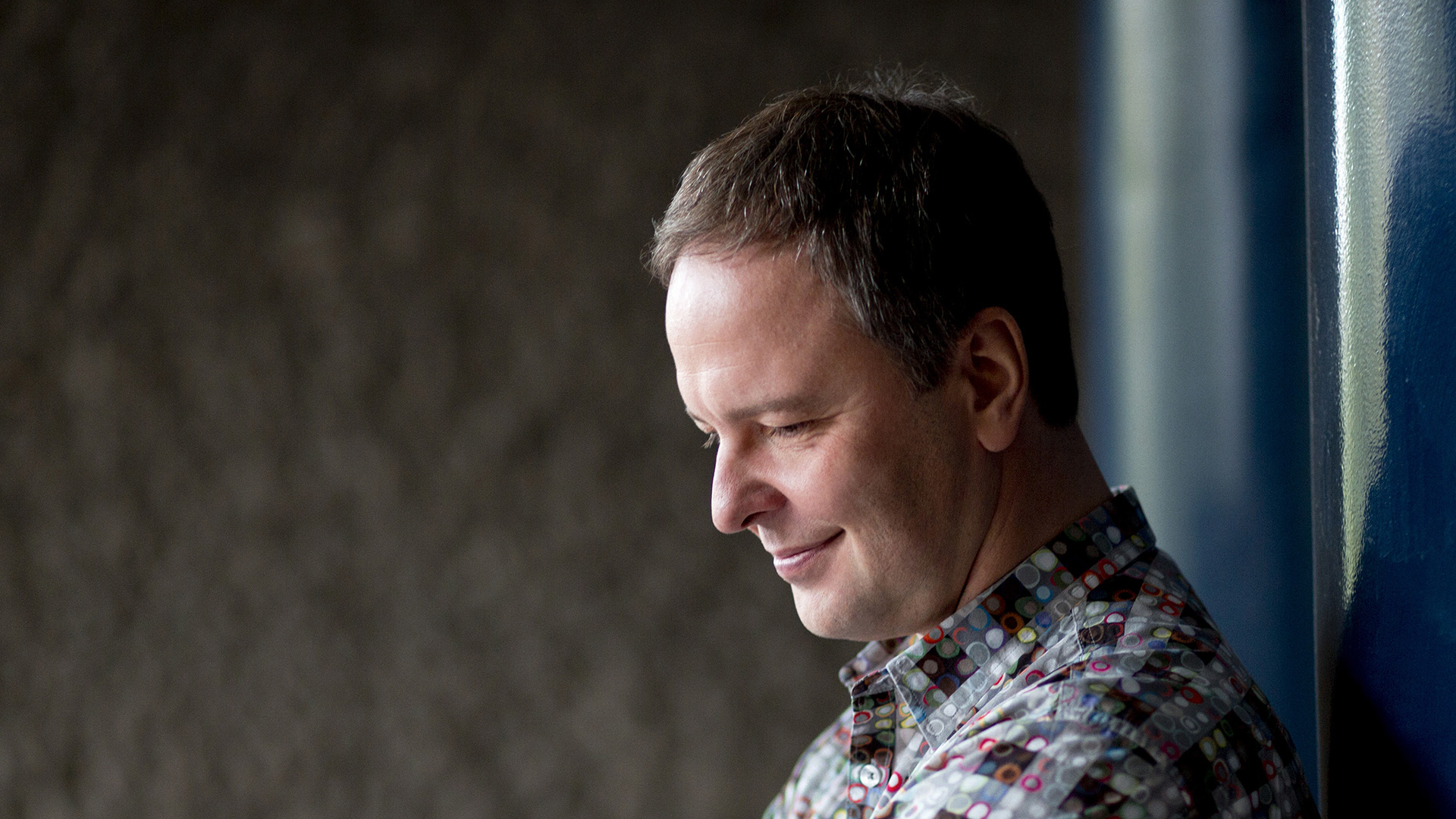A concert evening full of virtuosity, poetry, tones and depth.
“I walk through this ancient village alone, like a ghost.” Luigi Dallapiccola’s dense nocturne woven from mysterious sounds and musical lightning flashes is rooted in a poem by Antonio Machado, in a deserted village square on which the moon casts black shadows.
Completed in 1954 by the Romanian-born multitalented musical genius George Enescu, the Chamber Symphony was the composer’s last work and takes the listener on an inspiring journey between the familiar and the surprising.
“In this composition of mine, the poetry is treated as though each of its thoughts were a small aria in itself,” is how Hans Werner Henze described his cantata Being Beauteous, in which a coloratura soprano is accompanied by four cellos and a harp.
Luigi Dallapiccola: Piccola musica notturna
Luigi Dallapiccola (1904–1975) was born to Italian parents in Istria, at that time part of the Austrian-Hungarian Empire and nowadays Croatia. In 1930, having previously been drawn to Romanticism and Impressionism, he arrived at a lyrical take on the New Viennese School and its 12-note technique, dodecaphony.
His Piccola musica notturna composed in 1954 as a commission from Hermann Scherchen the conductor was originally scored for orchestra, but in 1961 he arranged it for chamber ensemble. The title inevitably calls to mind Mozart’s Little Night Music, but Dallapiccola’s source of inspiration was Noche de verano (Summer Night) by the Spanish poet Antonio Machado (1875–1939).
It is a beautiful summer night. The moon shines down on the tall houses, and the park benches and acacias cast black shadows on the deserted square. The poet wanders through the town alone, like a phantom.
George Enescu: Chamber Symphony
George Enescu (1881–1955) was the greatest name in 20th-century Romanian music: violinist, conductor, composer and later teacher. The style of his music defies classification. Beginning with Late Romanticism, he gradually adopted a more modern mode of expression and his mature music is an enchanting combination of Neo-classicism, Impressionism and Romanticism.
The Chamber Symphony for 12 instruments of 1954 was to be Enescu’s last work. It was almost finished when he suffered a stroke and it was completed by his friend the composer Marcel Mihalovici. Its reception at its premiere in Bucharest in 1955 was somewhat cool, but the conductor Constantin Silvestri told the audience: “This work is Maestro Enescu’s masterpiece; it is more difficult to comprehend than others due to its overly modern language. This is why we will perform it fully once again.” The second performance was a great success.
Hans Werner Henze: Being Beauteous
A prolific composer, Hans Werner Henze (1926–2012) was interested in sources ranging from 12-note technique to Renaissance music, or he might equally well borrow ideas from jazz and Arabian folk tunes. To him, all cultures were important, and he accordingly produced musical settings of texts by, among others, Ho Chi Minh, Elsa Morante, Bertolt Brecht and Magnus Enzensberger.
He wrote Being Beauteous in 1964 for coloratura soprano, harp and four cellos, to words from the collection Les Illuminations by the French poet Arthur Rimbaud. “In this composition of mine,” he said, “the poetry is treated as though each of its thoughts were a small aria in itself. These arias are framed by short violoncello quartets into which the harp is entwined. Whereas each aria has an autonomous form, the instrumental quintet sections are interrelated – they are variations of one another.”

